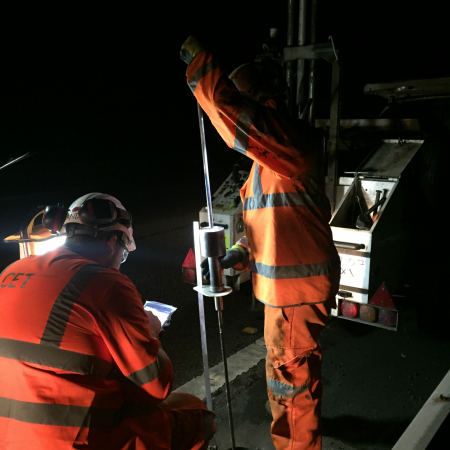Asset Knowledge and the Power to Make Better Decisions
Knowledge, they say, is power. In the case of highways projects, asset knowledge brings the power to plan more effectively, improve outcomes for road users, achieve the most effective use of limited financial resources, and to complete projects more efficiently.
Across our transport infrastructure, there are many gaps in our knowledge about the technical details and condition of individual assets. Early access for survey work to be completed is an important aspect of plugging those knowledge gaps. Equally important is how that information is captured and managed.
A major study commissioned by the Office of Rail and Road published in 2018 highlighted drainage assets as a significant knowledge gap in the Highways England network. Data coverage for the condition of drainage assets was 34% nationally. One problem is that many of these are sub-surface assets.
Survey Experience
Osborne is extensively engaged in survey work aimed at improving the data coverage for highways assets. Our teams have conducted extensive surveys to assess the depth, construction type and condition of existing carriageways. We also carry out drainage surveys to establish the location, type and condition of drainage networks, as well as lighting and traffic signal surveys to investigate the location and condition of existing assets.
We recently carried out a six-month programme of intrusive surveys to provide design information for future major projects on the A1 in Northumberland and A57/A628 Trans Pennine Upgrade.
The works involved ground investigation in the form of boreholes and trial pits, pavement surveys (Coring/GPR/FWD) and drainage surveys. The locations varied from farmers’ fields, residential areas and existing A roads and motorways.
This level of detailed data collection is essential as we move to a full asset management approach that invests more strategically in our transport infrastructure. It also allows technical issues to be identified and resolved at the planning stage, rather than halfway through a project where they tend to cause maximum disruption.
The Asset Data Management Manual (ADMM) is an important tool that is bringing consistency to how asset data is captured and managed. This will help ensure that future projects can be planned on the basis of robust data. Piece by piece, we are helping to build the detailed asset knowledge that will bring major benefits for future generations.

